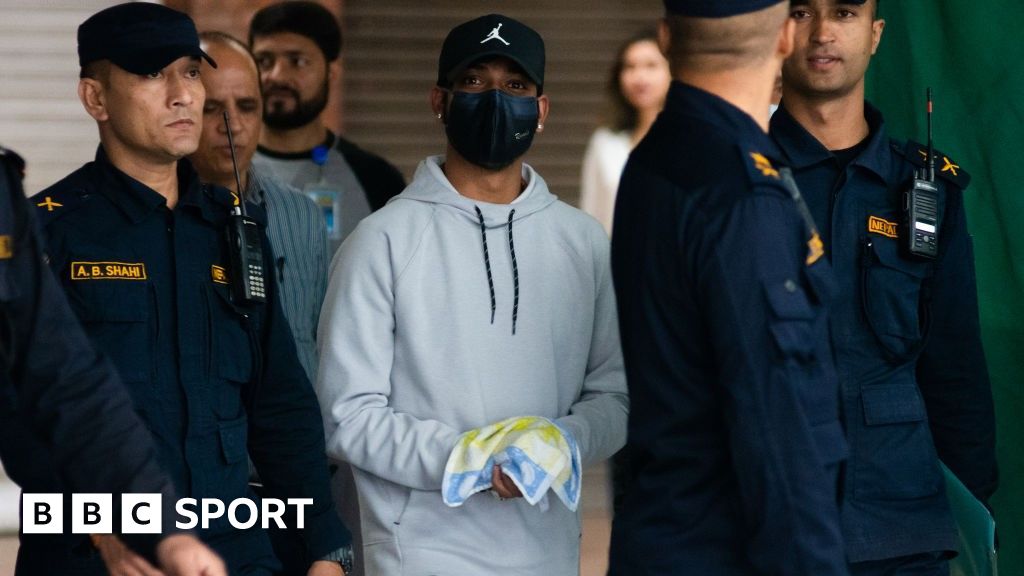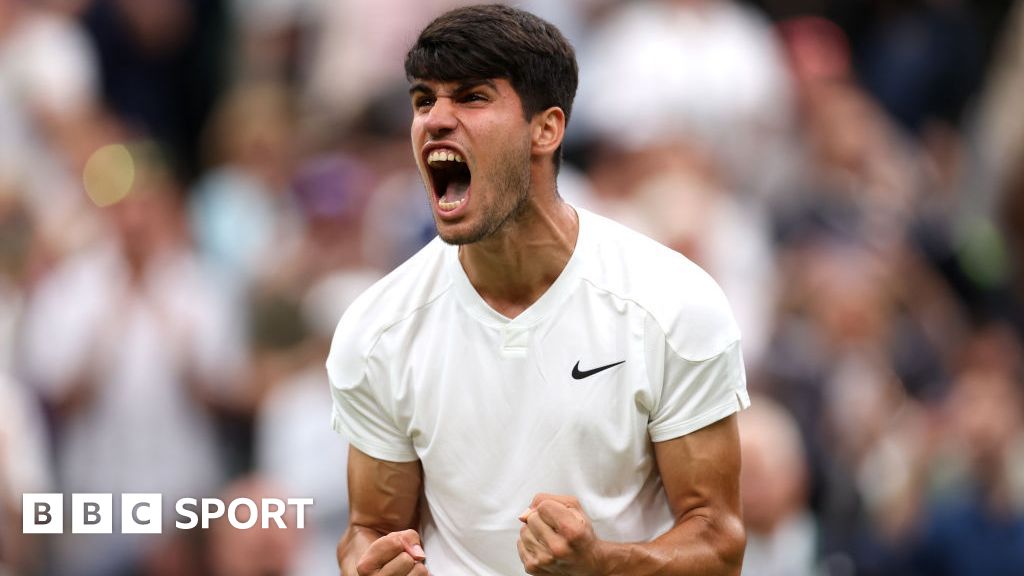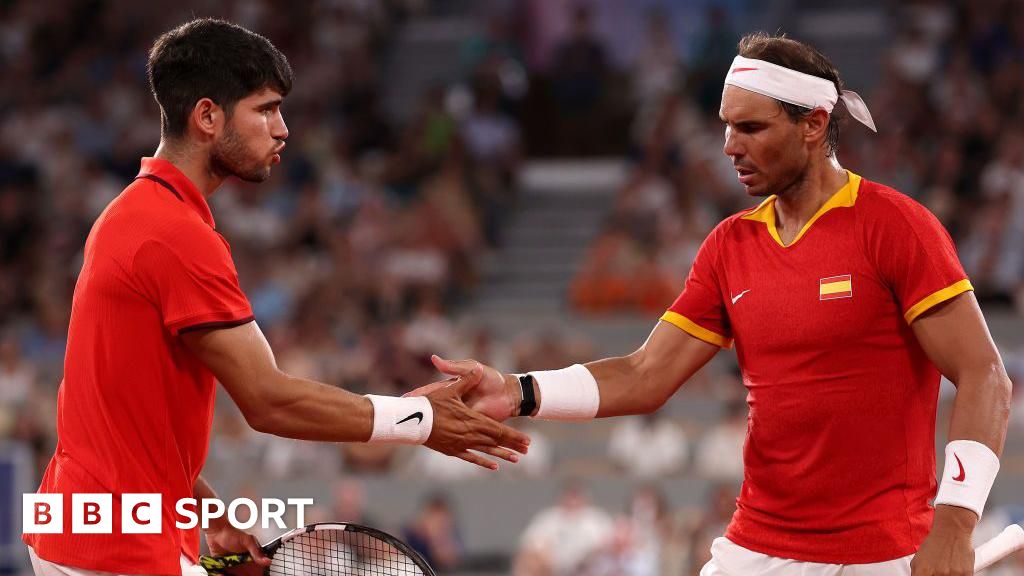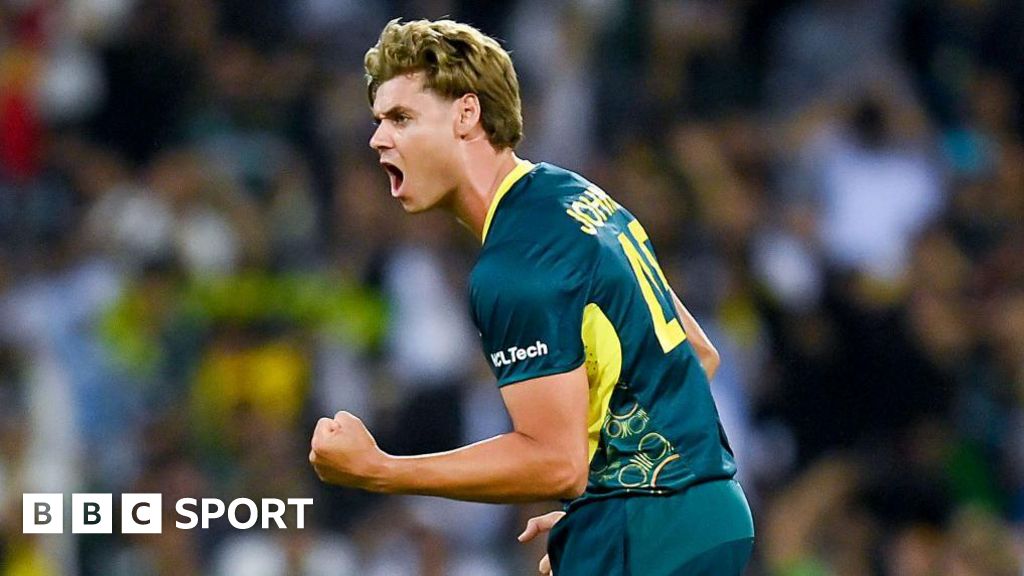Hear me out on this one.
England actually have a decent record in India, relatively speaking.
In almost 20 years, they are the only team to win a Test series here. In that time, they own four of the nine Test wins any visiting teams have managed.
That takes nothing away from the size of the task ahead of them over the next five matches and seven weeks. India have lost only three of their past 46 Tests on home soil. Winning a series in India is the greatest challenge in cricket, arguably in all of sport.
It does not mean England arrive without hope, enthusiasm or excitement. Starting a movement to revolutionise Test cricket and going the best part of two years without a series defeat breeds plenty of confidence.
Ben Stokes’ side might be wishing for an overseas tour with a smooth build-up. Last winter it was illness in Pakistan and Cyclone Gabrielle in New Zealand; this time it is Harry Brook leaving the tour for personal reasons and the fiasco of Shoaib Bashir’s visa.
Spirts are undimmed, though. A training camp in Abu Dhabi has brought the squad back together after an unusually long break from Test cricket that stretches back to last summer’s Ashes.
It is certainly unconventional for a team to arrive in India with only three days to go before the first Test and not to play a warm-up game, especially with the England Lions being in the country at the same time.
Past players will chunter, but the reality is the game has changed. Modern-day cricketers spend so much time in India that the conditions hold no surprises, and warm-ups against local second-string first-class players bear no resemblance to Test cricket. Maybe, just maybe, the old boys are lamenting the fact that they never had it this good.
The current crop have raved about their time in Abu Dhabi, not least coach McCullum, who joked about ironing out some problems with his golf swing.
In terms of preparation, England were able to tailor to their needs much more easily than in India. They scuffed up the nets and found sand to put on the pitches for middle practice, the kind of behaviour that would have been given short shrift by groundstaff in Hyderabad.
If England start slowly, like they did in the Ashes after a questionable golf trip to Loch Lomond, they know their preparations will be a stick with which to beat them.
However, all the players have arrived in India looking impressively fit and ready for the job in hand. For the Test specialists, such a long time without playing has allowed some prolonged strength and conditioning work, and the results are clear.
Jack Leach has bulked up after his back injury. Ollie Robinson has slimmed down but has hair of a shocking silver colour. James Anderson, lean and with blond highlights, looks like Brad Pitt in Fight Club. His duel in the nets with Joe Root on Tuesday had a Test-match intensity to it.
The players are incredibly relaxed. Mark Wood has lamented the severity of the haircut he was subjected to in Abu Dhabi, while Jonny Bairstow – practically a local after his time playing for Sunrisers Hyderabad in the Indian Premier League – has dished out recommendations not only for the best restaurants, but what to eat there too.
Managing director Rob Key took part in slip-catching practice without changing out of his polo shirt and chinos, and managed to hang on to a few. Of everyone here, this series is perhaps of most importance to Key, who came under fire for some of his decisions during the awful World Cup campaign last autumn and will be hoping that the calls on selection and preparation make England at the very least competitive.
Most eyes have been on captain Stokes, about to play for the first time since having surgery on his troublesome left knee in November.
What was described at the time as a “clean-out” was actually much more than that, with stitches put in his meniscus and bone spurs removed. He will not bowl on this tour – the wait to see Stokes turn his arm over again is like waiting for Godot – but he is another who looks in supreme physical shape.
Stokes has lost weight to ease the burden on his knee and aid the recovery from the operation. Always a maniacal trainer, he was sprinting shuttles on the outfield as if his life depended on it.
Without Stokes being able to bowl, England’s selection was destined to be ticklish. The most recent Test they played in India – in Ahmedabad in 2021 – he was the second seamer to Anderson. Without that luxury, England have had to decide between a second frontline seamer or a third spinner.
With India coach Rahul Dravid saying the pitch “may turn” – possibly code for it being a raging Bunsen burner – England have gone for the latter. Wood is the sole seamer and Leach leads a spin trio including Rehan Ahmed and Tom Hartley.
The plan seems sound – too often England have come here and relied on pace, only to get hammered – but there is the question over whether the tourists have the personnel for it to work. Ahmed and Hartley have one Test cap and 64 first-class wickets between them. To spin out India is a huge ask.
Still, the India batting is not quite as fearsome as it might have been, especially with Virat Kohli missing the first two Tests for personal reasons.
Given their strength arguably lies in their bowling, the pitches India choose to play on will be fascinating.
England’s swashbuckling batters will attack, backing themselves to score runs whatever the conditions, but turning pitches would certainly give the inexperienced touring bowlers a leg up. It might be a more advisable strategy for India to prepare flat tracks, in the knowledge that their bowlers are more likely than England’s to take 20 wickets.
One crucial – perhaps overlooked – element will be the batting depth of the teams. Whereas England had Moeen Ali and Chris Woakes to balance their side in the Ashes, neither is here now.
Ahmed has a first-class hundred and all of Hartley, Wood and Leach can bat, but India will have the highly capable Ravindra Jadeja, Ravichandran Ashwin and probably Axar Patel as their seven, eight and nine. Don’t be surprised if lower-order runs become one of the deciding factors of the series.
In the past 30 years more people from the UK have held the office of home secretary than have played in a men’s Test series win in India, and Stokes acknowledged that winning even one Test could be seen as a major accomplishment.
More broadly, after a winter of white-ball discontent, it is a sheer joy to have the prospect of England playing Test cricket once again. The world’s most exciting cricket team in the world’s most fanatical cricketing nation.
What is success? A series win would be one for the ages, two Tests an incredible achievement. One victory seems realistic, and staying competitive throughout nothing to be sniffed at.
It is all relative.





















